What’s different about See The Difference?
I gave my first gift via See The Difference on Monday.
If you haven’t heard of them, let me explain who they are.
The people who run the organisation see themselves as being at the forefront of a revolution in charity giving. Dominic Vallely, one of the founders, wasreported in Third Sector as saying it was like being at the beginning of Google.
The basic idea behind the concept is video sharing. Working to guidelines laid down by See The Difference, charities produce short films that tell stories about specific projects. Each charity guarantees that they will provide feedback on how a gift has made a difference, which might be via another video or a letter and photographs. By searching on the site you can identify which projects you want to support and through Twitter, Facebook and email you can tell all your friends about what you are doing.
There are some big names behind See The Difference. Their list of corporate partners includes McCann Erickson, Microsoft, Virgin Money Giving and Accenture along with organisations at the heart of the charity sector such as the IOF, NCVO and the Directory of Social Change.
But even bigger are the financial targets. Vallely projects that the website will raise £500 million in the first five years.
I’d be surprised if they get anywhere near that figure unless there are some radical changes to the whole concept.
I’ve had a good look around the site and watched a fair number of videos. It looks like most have been created by people who don’t know much about fundraising. I’m not sure if it’s because the guidelines laid down by See The Difference are very strict, but something seems to be going wrong.
The supporting copy to the videos is all very ‘we’ focused. It talks about what the charity will do and completely misses the point that good fundraising is about showing the donor what he or she can do. At its simplest, it’s about saying ‘you’ much more often than you say ‘we’. See The Difference is far too ‘we’.
The videos I have watched take the same approach. The donor is reduced to a bit part where they simply hand over cash.
There is the very welcome promise of feedback, but without ensuring the donor is engaged enough to give, feedback won’t count for much.
To be fair, some of the videos demonstrate the power of the medium very well. Take a look at this short film of a girl reading after an eye operation. Her mum’s reaction is fantastic to see. And here’s the project that I chose. When I shared it on Facebook, it only generated a single comment and that was Urrrgh!
But the navigation system doesn’t help you identify the videos that you’d like to watch in the first place.
It’s relatively easy to search by category, location and gift value, but when you get down to the results pages you find yourself confronted with a number of rather obscure puns to help make the final selection. Titles like Branching out,Poverty can buzz off and Treasy Peasy don’t really help you identify what the problem is or, more importantly, what you can do about it.
There are so many charities and projects on the site that a simple method to browse really is essential. Someone who visits the site is looking to give. There isn’t any point in making it hard for them to do so by using tabloid style headlines. Something that sums up the offer such as, You can cure a child of jiggers for £2 is what is required.
The web isn’t new technology anymore. We’ve already proved that it’s another environment where direct and personal beats abstract and broad. In other words, successful fundraising online isn’t that different from successful fundraising off line.
But my money has been donated and now I’m waiting to see what I receive. The immediate feedback was a thank you from the team at See The Difference along with a photograph of them in a park somewhere. I’d rather hear something directly from Ace Africa who are actually doing the work but I understand that as I’ve given via See The Difference, they ‘own’ my details. I’ve ticked the boxes that allow the charity to contact me and I hope I hear from them soon.
I’ve also ticked all the Social Networking buttons, adding the video on my Facebook page, talking about it on Twitter and now adding it to the blog. If any of you fancy testing the site, why not join me by curing a child from Jiggers?
It’ll only cost you two quid and when you watch the video you’ll see how easy it is for you to cure the condition. When you donate you’ll do more than cure a disease, you’ll give a child the chance to walk to school or even have a game of footy. Click and have a look. Click here and give two pounds. Please.
As you’ll have gathered, See The Difference is a project that I want to succeed. Donor choice, transparency, insight and feedback are all central to building great relationships with donors. And anything that attracts more donors to the sector gets my support.
I just think the big names like McCann Erickson and Accenture might have drowned out the advice from people at the IOF, NCVO and the many charities involved about what makes great fundraising. And that’s concentrating on the needs of the donor rather than just presenting a whole list of projects in a nice website and hoping people will give.
I’m sure Google made some mistakes at the outset and I’m sure they are successful because they learnt to respond quickly. I think that See The Difference has loads of potential if they concentrate on the one thing Google seems to understand, it’s what the user wants that counts.
Best of luck
Tags In
Related Posts
4 Comments
Comments are closed.
The Essentials

Crack the Code to Regular Giving: Insights, Strategies, and a Special Giveaway!

‘Tis Halloween. Keep to the light and beware the Four Fundraisers of the Apocalypse!

Why do people give? The Donor Participation Project with Louis Diez.

A guide to fundraising on the back of a postcard

What does the latest research tell us about the state of fundraising?


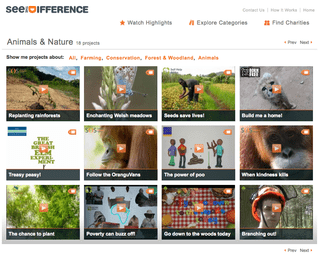
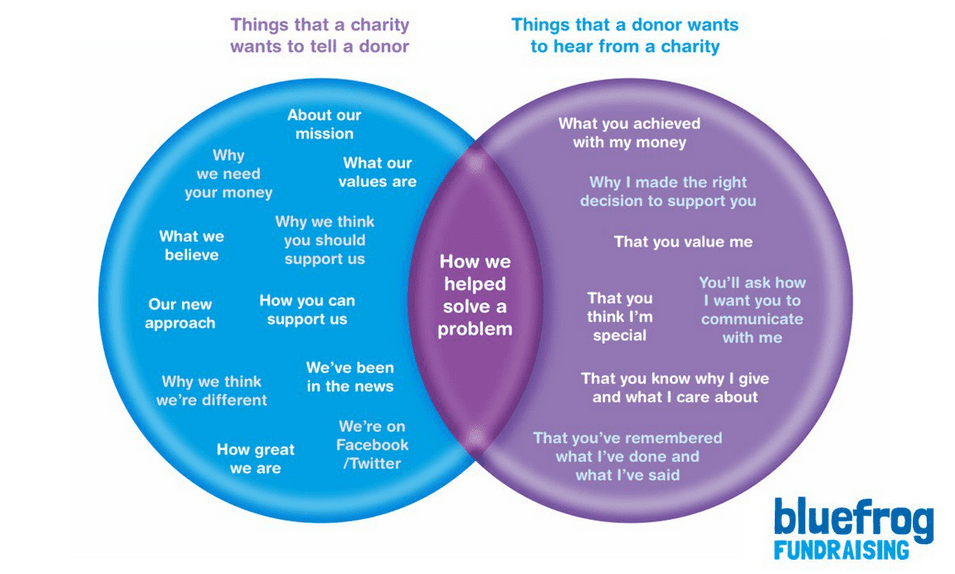
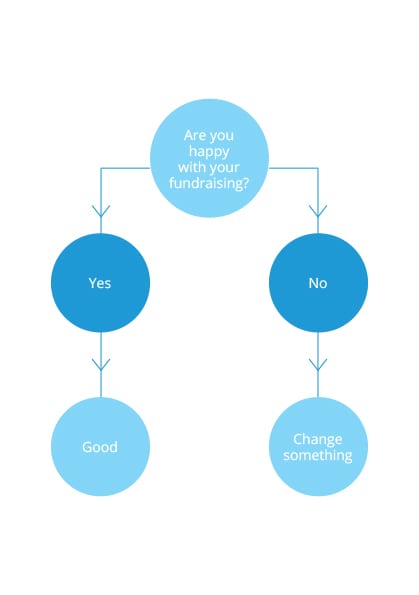
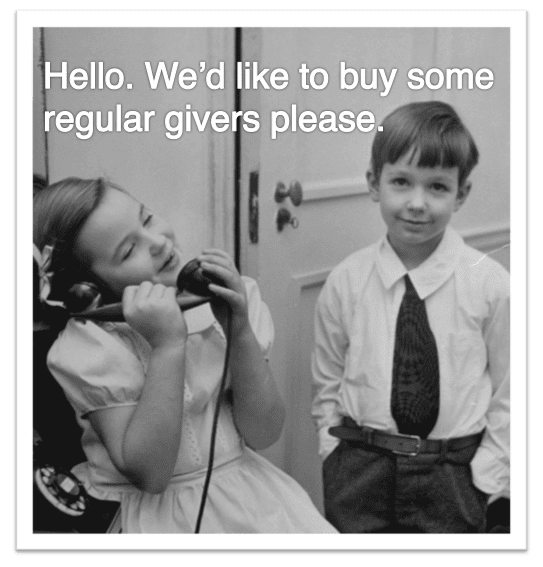


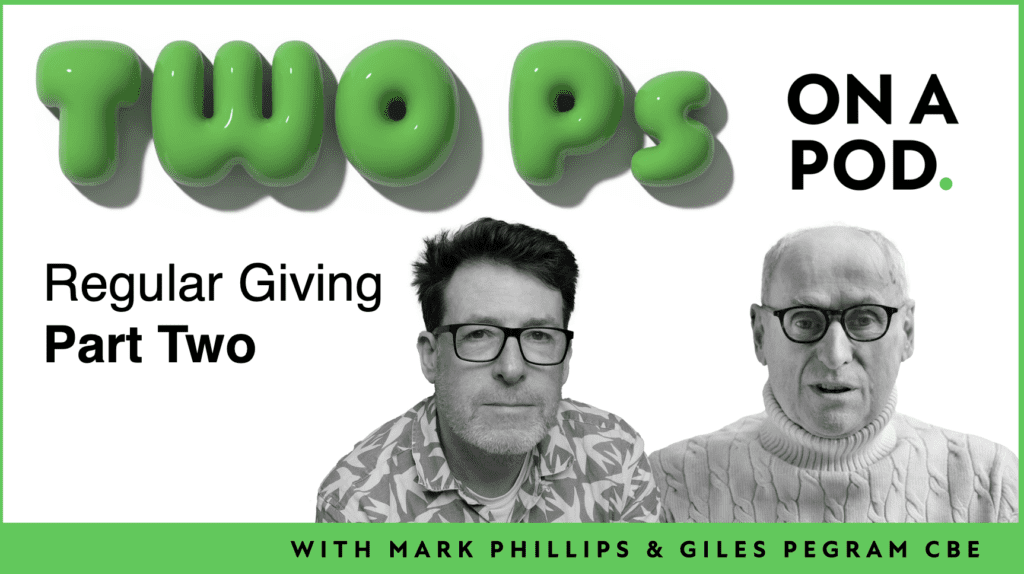
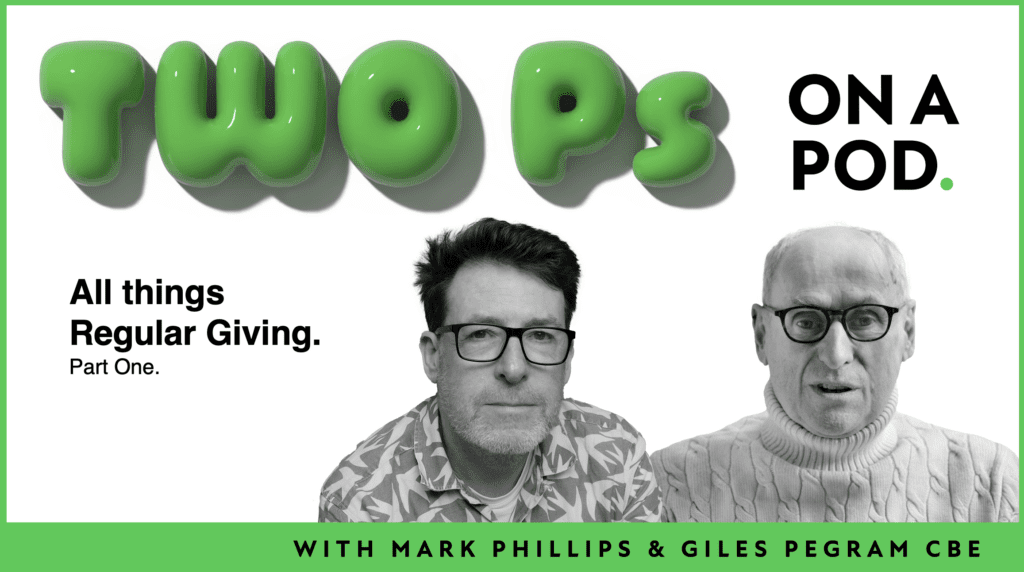
Really interested to read about your experience Mark – thanks for the post.
I’m also interested to see whether See The Difference does manage to revolutionise giving again, and rooting for any idea that helps people give more to good causes. I love the idea of video feedback. However, as you point out, the whole experience has to be coherent and compelling.
You’re spot on about ‘we’ and ‘you’. It’s made me want to take a closer look at the copy on the See The Difference site and compare it to other giving sites – I think it would make for an interesting study.
On your comment about Google, what I admire them for most is not just their understanding of what people want but their track record in predicting what people want before they even know they want it.
Sophie
twitter.com/sophdea
Thanks for pointing out this site Mark. I decided to give to help cure a child with Jiggers as you suggested. I’ll be interested to see what I receive from the charity and from See the Difference. You’re right that the thank you should come from the charity not See the Difference or even a combination of the two. A picture of a happy child cured from Jiggers with a written thank you from See the Difference would be better than a picture of the lovely people from See the Difference.
I always enjoy reading your blog, when I get a chance to do so.
Cheers
Hi tara and brownbaggingit
Glad the post inspired you to give and hope you get to see some great feedback. Thanks for reading too.
Best wishes
Mark
Hi Mark
It’s dom from See The Difference here. Firstly thanks for the feedback and thanks for supporting Ace Africa, both of which are greatly appreciated.
I wanted to reassure you that many fundraisers from a wide range of charities large and small have been involved in creating See The Difference (and thanks to all of them).
We’re working with them continuously to fine tune their video stories and project descriptions as well as the site more generally over the first 2-3 months – and we’re always keen for more thoughts, ideas and annoying things we can improve on : [email protected]
… and we’re working on v1.1 right now. And if you fancy a chat on the phone email me a number I can contact you on.
dom
PS. You picked a great project. £1 to cure the jiggers foot condition is a great example of the big difference a small amount can make.